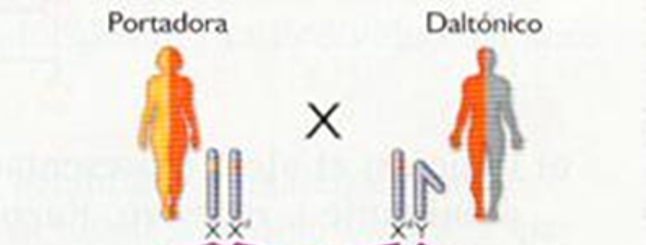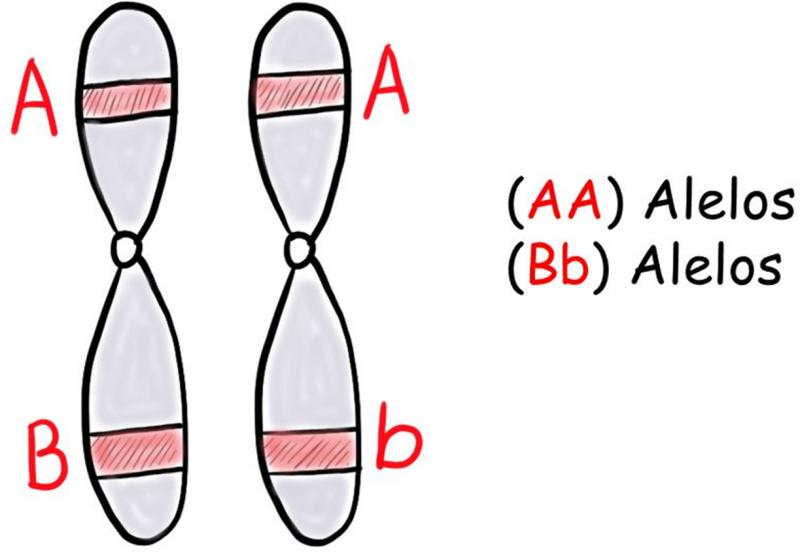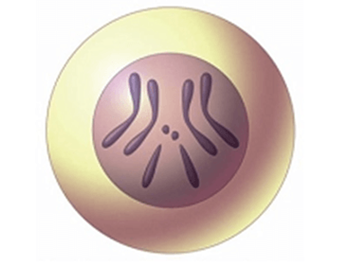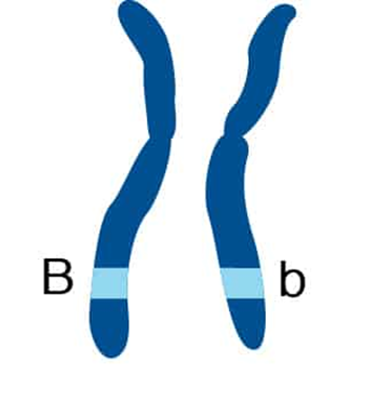6.

The color of the carnation flowers shows a partial or incomplete dominance. The R allele codes for red, the B allele for white and the heterozygote RB turns pink. At the intersection of two homozygous BBs and a heterozygous BR, how would you expect the color of the offspring to be?















